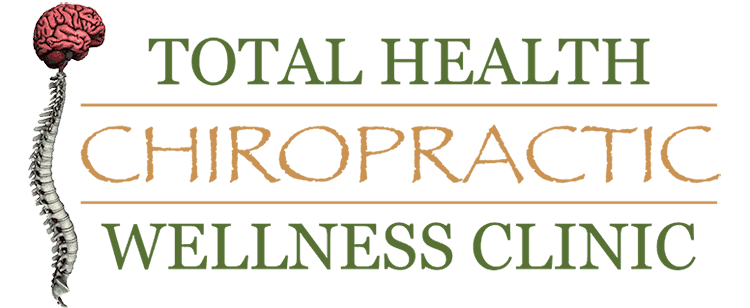Physical pain does not occur without the brain. Tissue injuries or damage signals exceeding safety signals trigger pain perception in the brain via signals sent through the nervous system. When an area of the body becomes damaged or injured, nerve cells transmit signals to the brain which can eventually manifest as pain. Comprehending such complexity amounts to understanding that pain sensation radiates from the brain. Understanding the pain process becomes important for anyone experiencing pain because the best interventions utilised to minimise physical discomfort focus on the central nervous system.
 One of the most revolutionary and effective interventions focused on providing pain relief comes from experiencing a Chiropractic adjustment. Vast evidence and research provide an in-depth understanding for how and why the mechanism of spinal adjustments work. A Chiropractic adjustment improves the mobility and alignment of the spine. The spine’s intimate connection to the central nervous system requires movement for appropriate feeling and function. Chiropractic adjustments improve specific areas of the brain which allow relief to occur.
One of the most revolutionary and effective interventions focused on providing pain relief comes from experiencing a Chiropractic adjustment. Vast evidence and research provide an in-depth understanding for how and why the mechanism of spinal adjustments work. A Chiropractic adjustment improves the mobility and alignment of the spine. The spine’s intimate connection to the central nervous system requires movement for appropriate feeling and function. Chiropractic adjustments improve specific areas of the brain which allow relief to occur.
A normal effect of an adjustment commonly involves pain relief in a part of the body not directly touched or adjusted. The spine influences so many aspects of health and function through the central nervous system that residual healing and restoration occur throughout the body by providing stress relief to the body’s command center – the brain. Research published in 2019 showed that spinal manipulation lowered firing in areas of the brain that signal pain.
Patients were assessed using functional magnetic resonance imaging (MRI) to monitor and measure the influence of spinal manipulation on brain activity in relationship to pain. Findings showed that the adjustment inhibits the pain processing regions of the brain. In other words, areas of the brain associated with pain calmed down as a result of the adjustment. Reduced pain intensity and sensitivity occurred.
Many challenges plague the current healthcare system. No issue stands out more than the crisis of pain. Doctors prescribe opioid drugs at alarming and fatal rates due to the amount of people suffering daily from pain. Dangerous side effects and addictions appear to become viewed as acceptable risks in the current health care model. Nearly twenty-five percent of all opioid drugs target low back pain. Worldwide chronic pain conditions (particularly back pain) are by far the greatest cause of disability. A 2017 press release by the Societal Impact of Pain (SIP) under the responsibility of the European Pain Federation stated that the impact of pain on society costs the European Union (EU) up to €441 billion annually. A 2012 study in The Journal of Pain, found that the economic costs of pain in the United States costs up to $635 billion annually and was greater than the annual costs for heart disease ($309 billion), cancer ($243 billion), and diabetes ($188 billion).
Chiropractic plays a large and necessary role in healthcare because of the influence adjustments have on brain and nervous system function. Pain relief serves as just one of the many benefits achieved through the influence of a Chiropractic adjustment. The world of conventional medicine churns out pharmaceutical drugs laced with side effects to provide temporary relief in absence of true healing. Chiropractic continues to take center stage as the health care choice of millions of people who desire genuine healing, restoration, and optimal function. Men, women, and children experience better health and less pain through evidence-based results found with Chiropractic care.
References:

